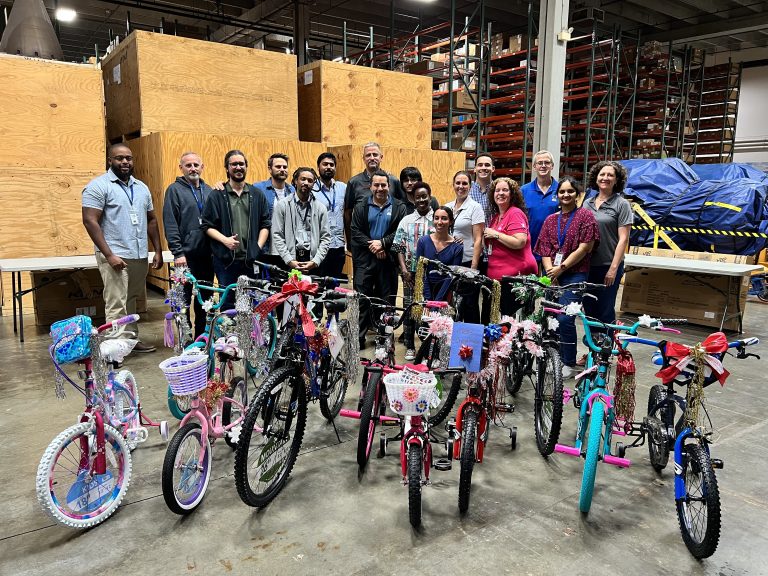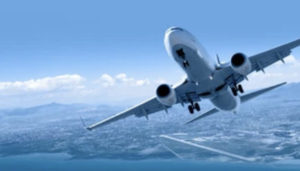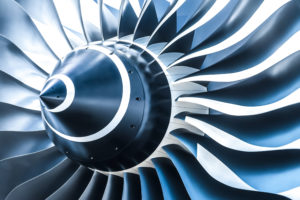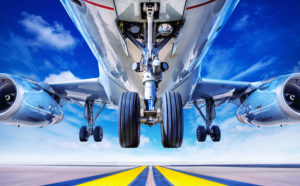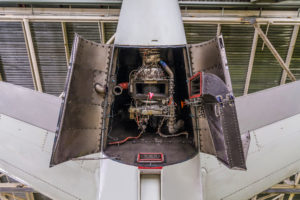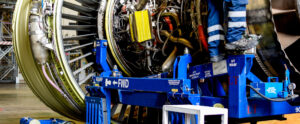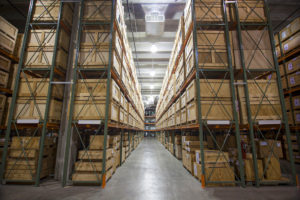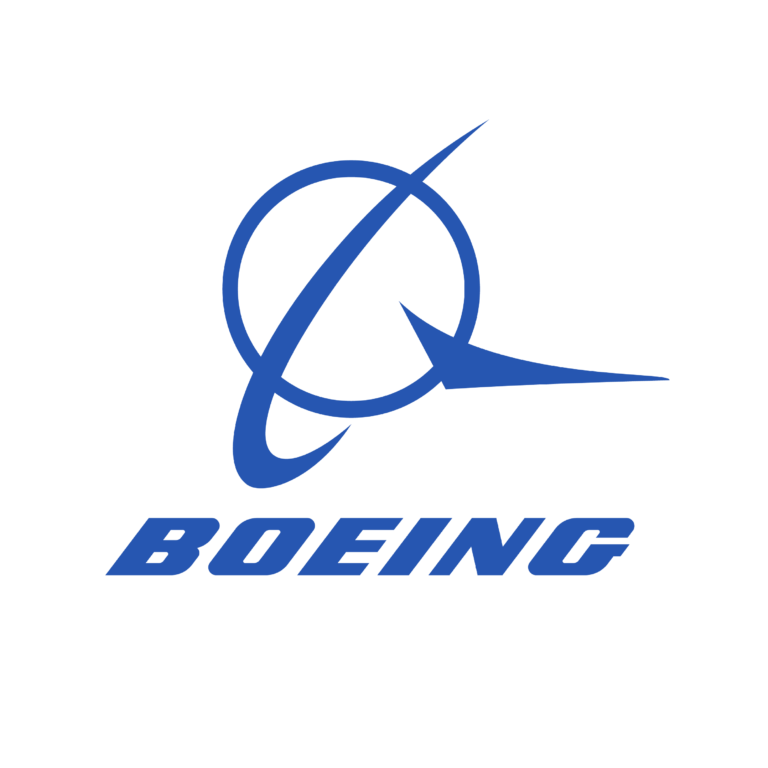
Innovations That Will Lead the Way in the Next Ten Years / By Pastor Lopez
Author: gatelesis
If predicting the future was easy, or even possible, everyone would be a Mega Lotto winner. However, due to the natural progression of human
advancement, we can predict that there will be new breakthrough technologies. Society will be in the midst of the next industrial and technological revolutions in the very near future, if not already.
Aviation is a sector where one is able to see innovation over time. For instance, the B787 was the first aircraft to introduce the use of composite materials in the fuselage. Airbus replaced the traditional yokes with side-stick for pilots, pioneering the fly-by-wire flight control systems. The B777 introduced mood-lighting systems in the cabin to create customer comfort. We can go on and on with the different technological advancements that have made flying the safest way of transportation since its introduction. We can predict that these types of innovations will continue to be forthcoming.
My experience with GA Telesis has been that innovation is driven by having the freedom to be creative and having the right talent in place while being aligned with business goals. William R. Brody, former President of John Hopkins University and MIT graduate remarked that “…risk is an intrinsic element of our daily lives. Every day, millions of people are playing games of chance… If you look behind the discoveries that have made America great, you find people who were willing to risk it all for success and many more who failed to try.”
His speech is a powerful message about innovation and the use of creativity to harness the future. As a business leader at GA Telesis, we are encouraged to entertain these financial risks on a daily basis. We develop short- and long-term strategies, but these strategies do not come with a written assurance of “guaranteed satisfaction or one’s money back”. They require hard work and a complete management circle evaluating the ever-changing business landscape and market forces. Further, innovation is driven by the degree of risk tolerance and there has to be a balanced approach.
On the MRO side, innovation has been used to reduce operator costs without comparable reductions in reliability. At GA Telesis MRO Services, we have been adapting the business models to introduce more lean repair content and the use of the latest and greatest IT technology. This carries on into the MRO sector as a whole. For instance, to reduce operator costs airframe maintenance went from traditional block maintenance (C and D checks) to smaller distributed, biannual work packages where D checks were completely eliminated. This led to a decrease in hangar downtime over the life of the aircraft, which in turn provided airline marketing departments with additional capacity in some markets. However, this forced GA Telesis and other maintenance providers to align their business model with the new reality.
At GA Telesis, we are constantly innovating. As I always point out the only thing that remains constant is change. Our business eco-system is truly a 360 degree of interrelated businesses activities that add value to our customers and shareholders.
Lean is in our DNA and is being used to effectively reduce our turn times by removing non-value-added activities. As we reduce our turn times, our airline customers can reduce their spare requirements to support their on-going operations. Our innovative partnerships with several OEM’s are driving OEM quality into our products and increasing reliability. This partnership structure is equally beneficial to all parties- it is a win-win for all.
Innovation will continue to be an integral part of society. The only constraint will always be the degree of risk appetite. Both innovation and risk appetite are positively correlated. A day may come soon when we will see pilotless aircrafts taking us on business trips or to exotic vacation destinations. The question is whether the flying public is mentally ready to accept that risk.


